Green wood chips or dry wood chips, what is the right choice?

Green wood chips or dry wood chips,
what is the best fuel for heating boilers?
Generally the answer depends upon scale. Green wood chip boilers and fuel handling systems require more infrastructure, which means both a larger investment and larger requirements for floor space.
Green wood chips do not require as much processing and handling as dry wood chips, so the fuel is less expensive. The additional investment required for green chip equipment will pay for itself in fuel savings over time if enough fuel is consumed.
Why do green chip boilers require more infrastructure than dry wood chip boilers? An often over-looked, but major component of green wood chip systems is fuel handling. Because green wood chips will freeze into clumps, the fuel is often stored in conditioned space or in basement level bunkers to prevent freezing. This usually means that special, tractor trailer accessible wood chip storage buildings are required. Green chips are commonly chipped on the log landing, so processing is limited.
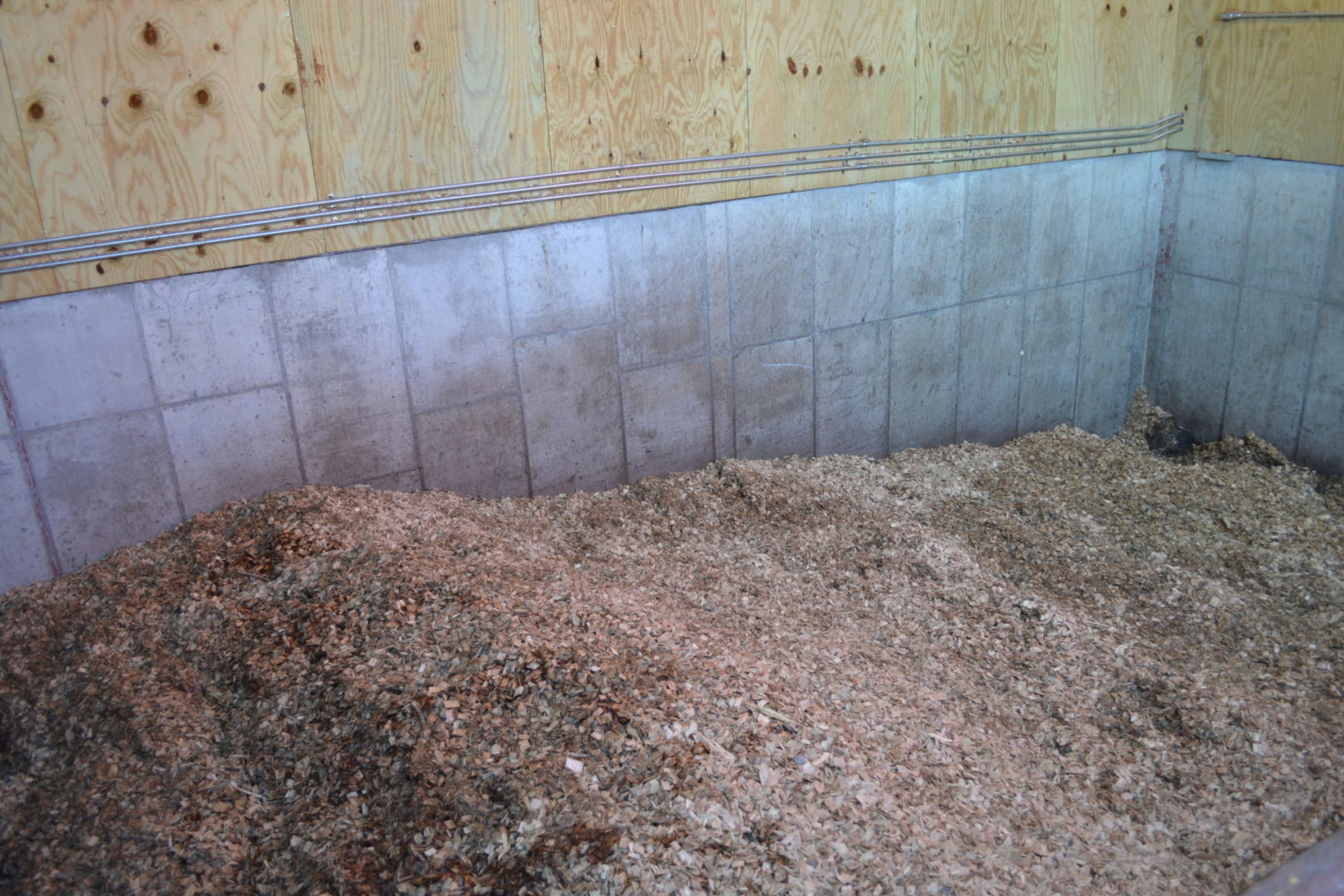
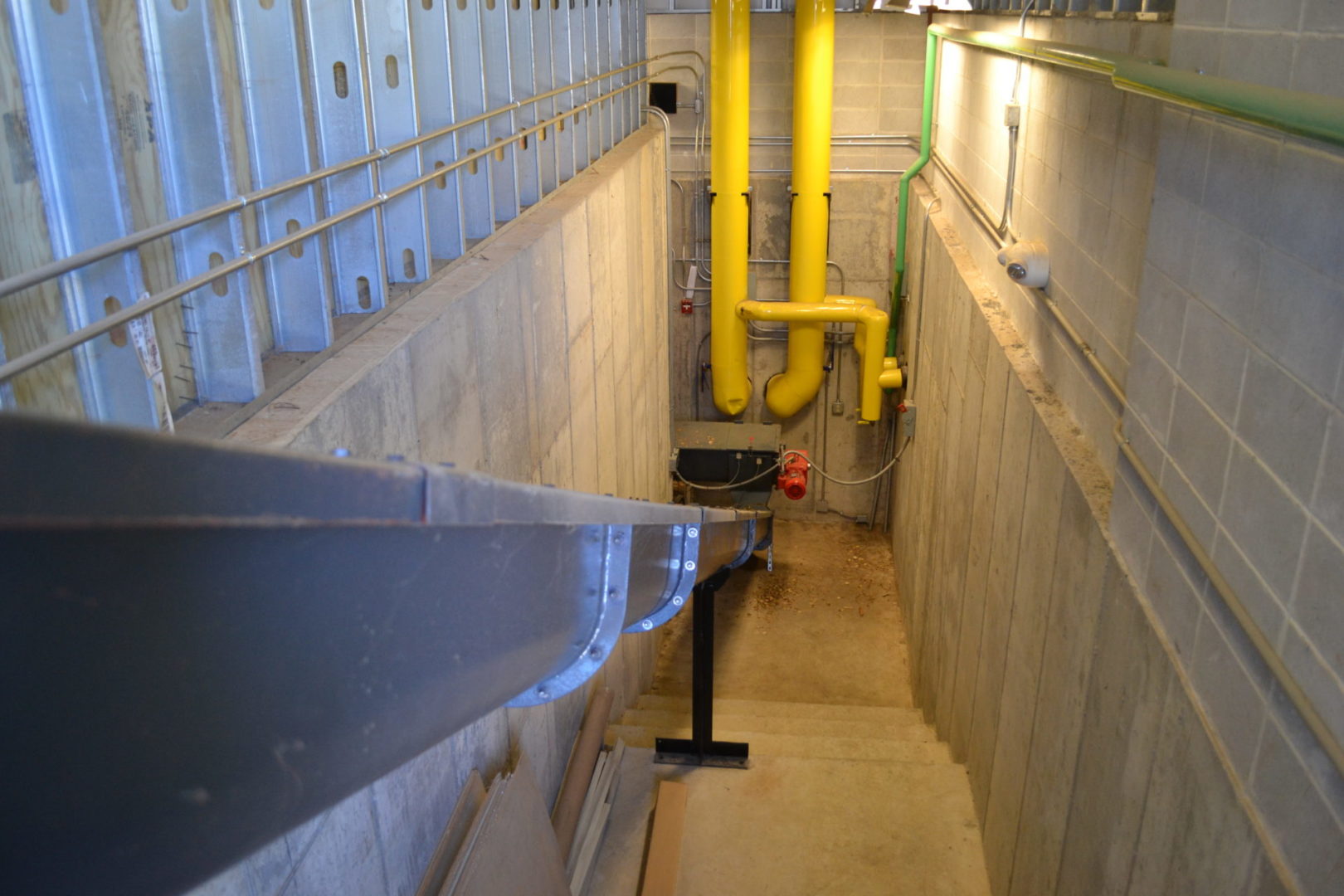
To handle less refined chips, which will include out of specification pieces of wood called "overs," fuel handling equipment at the boiler must be more robust. Boilers that can handle wetter chips also generally have longer combustion grate systems and very heavy, brick-lined fireboxes, two attributes that allow the chips to dry within the boiler as they combust. Good boilers employ several combustion chamber sensors to ensure complete combustion and low emissions. These usually include thermal, oxygen, and pressure sensors.
Moving combustion grates typically "walk" the chips slowly from the entry of the combustion chamber to the trough where ashes are deposited on the opposite end. Thick and heavy brick lining allows for an extremely hot environment (up to 900 Celsius), which encourages drying. The combustion chamber is too hot to allow condensation from vapor and smoke exiting the green chips as they burn. Only after the fuel is completely dried and burned, are the resulting hot gasses exposed to water-backed heat exchange surfaces.
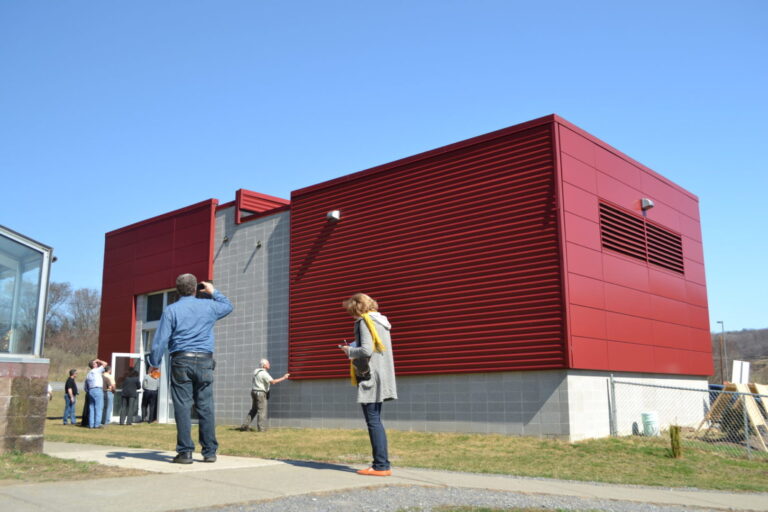
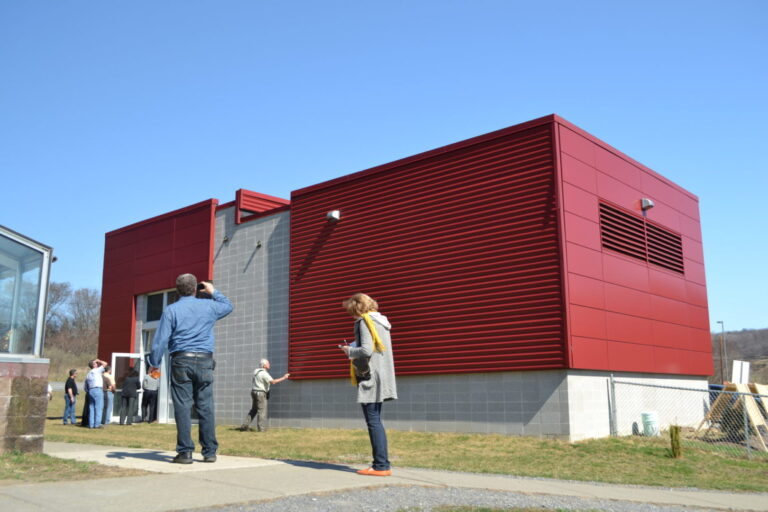
By contrast, dry wood chip boilers can have smaller boiler footprints. Fuel handling equipment also requires less space. Dry wood chips are generally not wet enough to clump when frozen. This means that the chips can be stored above ground in simple and relatively inexpensive metal bins. There is actually more fuel value per ton because more water is removed. The fuel is more resistant to mold growth, so fuel does not need to be used as quickly or turned over as often in a bulk bin. Fuel can sit overnight in cold trucks without freezing in place, so smaller deliveries to smaller bins are also possible. Because dry chip boilers do not need to remove as much water from the fuel during the combustion process in order to burn cleanly, combustion chambers can be compact and much lighter. Dried wood chips are almost always created at a mill facility. That means that in addition to drying, the wood chips are re-screened to ensure proper size, and magnets are used to remove "tramp metal". That means the fuel feeding mechanisms at the boiler installation can be smaller and less expensive than for green chip boilers.
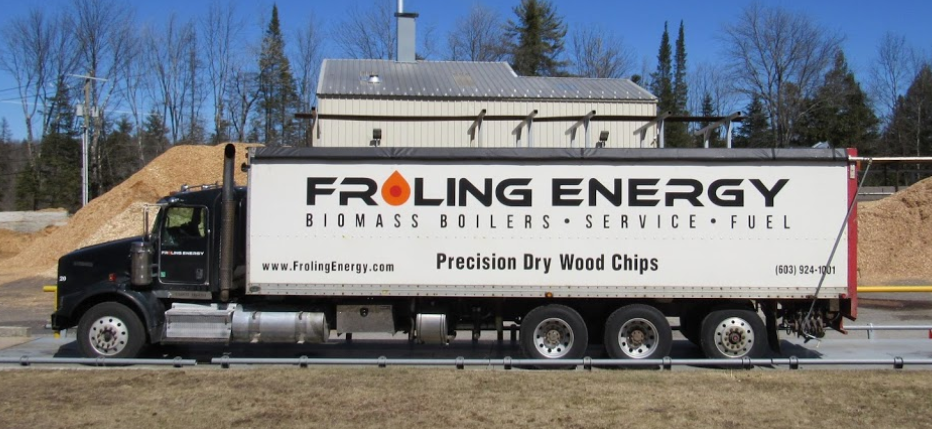
There are many types of wood chip boilers in the market. Some manufacturers of small, homeowner sized boilers claim that their boilers can burn a wide variety of wood chips including green chips. While green chips can be burned in small boilers, efficiency will be low, smoke will be excessive, and maintenance will be tiresome.
At Tarm Biomass we believe that current oil and gas prices in the United States make the economics for dry chip boilers smaller than 500,000 Btu/hr unfavorable. We believe that green wood chip boilers don't make economic sense for boilers smaller than about 1.5 MM Btu/hr. Projected chip consumption, physical space, and initial capital costs will usually determine what type of wood chip boiler makes the most sense. Sometimes emissions will drive fuel choice. It is easier to achieve low emissions with dry wood chips.

